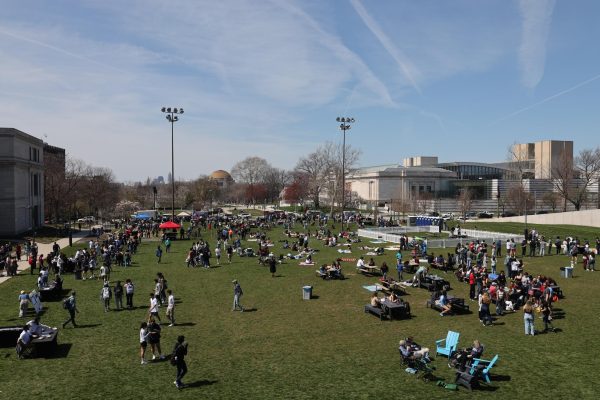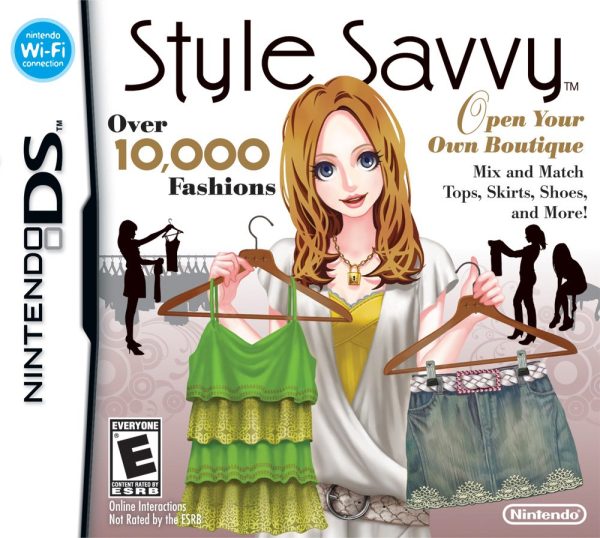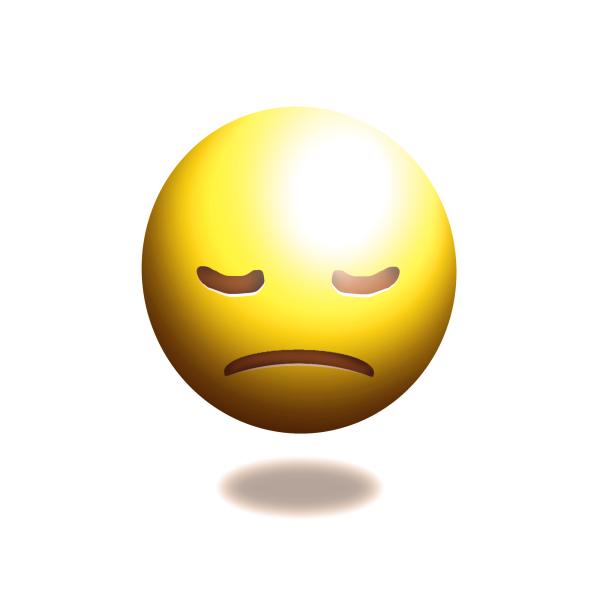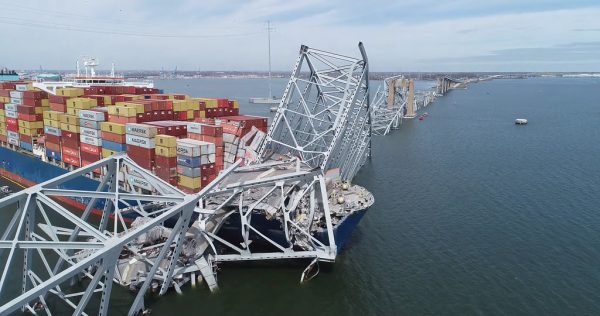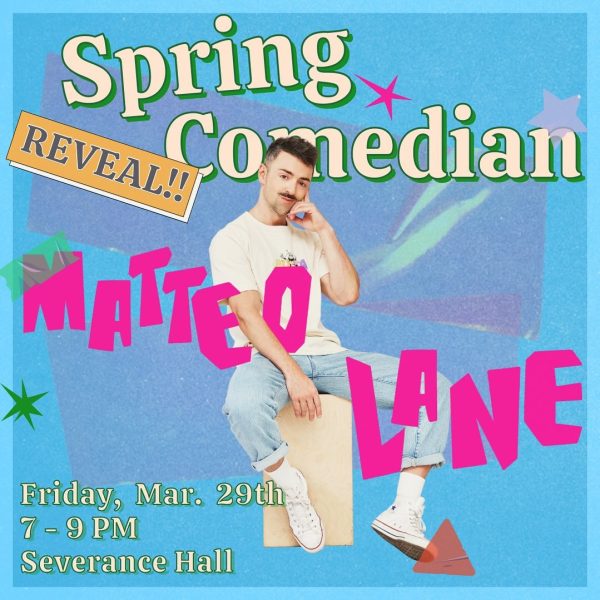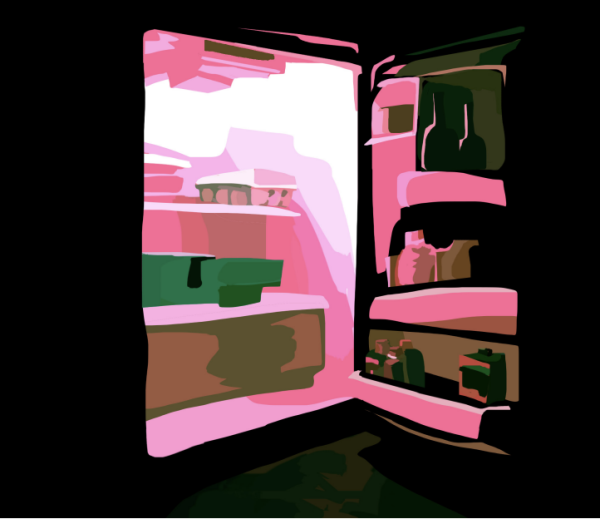Kinstler: Life in the Age of COVID-19
March 30, 2020
With COVID-19 having risen to pandemic levels, it is more important than ever to be informed. First, the World Health Organization’s (WHO) official declaration of a pandemic simply means that efforts to fight COVID-19 are moving from containment to mitigation. Washing your hands, banning crowds, closing schools, these are not measures to attempt to keep people from getting COVID-19, they are measures to slow the progression of COVID-19 so as to not overwhelm hospitals. But then, why close Case Western Reserve University? It is likely that if a person between the ages of 18-50 contracted COVID-19, it would be nothing more than a bad case of the flu, at worst. So why all the precautions? The answer: time.
Again, the precautionary measures are no longer attempting to protect citizens from contracting COVID-19, they’re intended to keep hospital beds empty for those who contract COVID-19 who will need urgent care. Part of the danger with COVID-19 is that, at the moment, it is unclear just how large the spread of the virus is. Because accurate tests have only recently become available in the U.S., it is possible that the true number of confirmed infected cases is much higher than predicted. Furthermore, those with COVID-19 may be asymptomatic, or may not present any symptoms different from a common cold or flu, which further complicates the process of attempting to track the spread of the virus.
The current danger is not that a healthy, young person will contract COVID-19. The danger is that they will contract COVID-19 and not know it, thereby going on with daily life and possibly infecting countless others. COVID-19 is spread through respiratory droplets, most commonly from a sneeze or cough of an infected person. However, these droplets can stay on inanimate objects for days, causing other people to contract the virus.
While part of the reasoning behind closing CWRU is to ensure that students and professors do not get COVID-19, it is more to make sure that we do not spread COVID-19 to individuals who may not be able to fight it. This means those who are already sick, those with compromised immune systems, infants and the elderly are all vulnerable populations. If an individual in one of these populations were to contract COVID-19, they would most likely require immediate medical attention. However, if medical attention is being diverted to mass numbers of other patients, the mortality rate will grow even larger because the healthcare system will be overwhelmed and unable to care for all the affected people. The capacity of the healthcare system is the reason for the current precautionary measure—to ensure that when someone needs medical attention, they can get it.
As a young, healthy person, it would be a mistake to think that the prevention measures do not apply to you. Wash your hands, not just after using the bathroom, but after touching door handles, being in public or just because you have not done so in a while. Do not touch your face. Avoid crowds. It is easy to illustrate how the virus spreads. If a healthy person gets COVID-19, it will probably not be fatal, but that person can still transmit the virus to others. For example, if that person then goes to the mall, shakes hands with a store clerk, that store clerk goes home to their partner and that partner works in an office building and they take the subway to get to said office building, the bubble of contamination grows exponentially with each new exposure. The question for us as citizens should not be “how did this happen” it should be “what will I do now,” and what you do now could make all the difference. Aggressive social distancing measures have been projected to reduce the number infected from nine million to 500,000 and save hundreds of thousands of lives.
In some of the worst projections, between 160 and 215 million Americans—between 45 and 65% of the entire population—will be infected with COVID-19. Therefore, doing your part to slow the infection rate as much as possible could save thousands of lives. Moreover, be sure to scrutinize your news sources. Situations are changing constantly, and just because one source publishes something does not mean it is the truth. (That even means this source.) Above all else, stay calm and be kind.

















